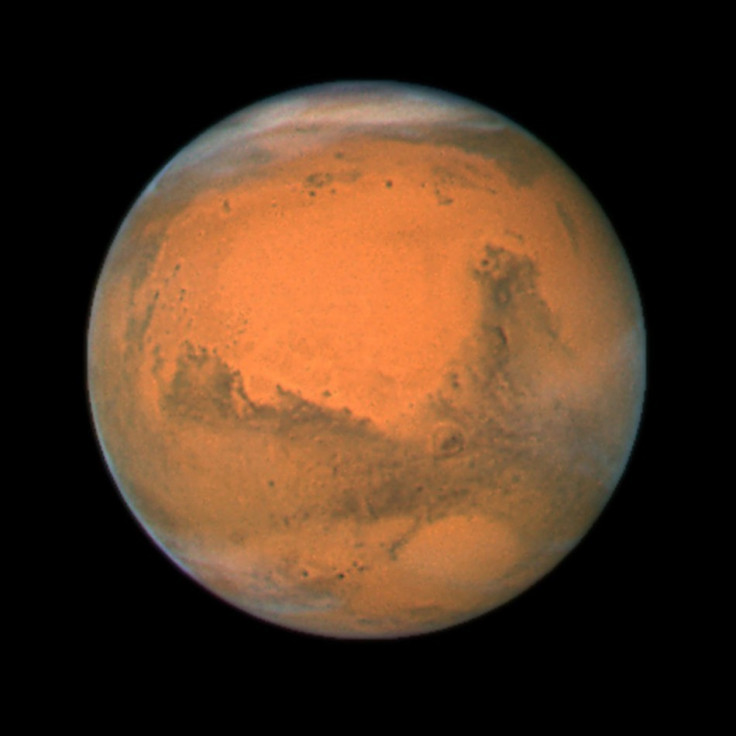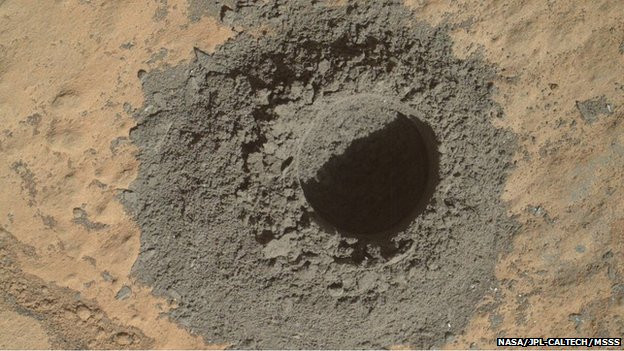Nasa's Curiosity Mars Rover Begins Drilling into Martian Rock for Third Time

The Curiosity Mars rover has drilled another hole on the Red Planet, Nasa has announced.
It's almost one year since the car-sized robotic vehicle drilled into the planet, as part of the US space agency's Mars Science Laboratory mission.
Launched in 2011, the rover has been exploring the Gale Crater after travelling 350,000,000 miles and touching down on Aeolis Palus in 2012.
The latest drill was conducted at a region known as The Kimberley, where it sent pictures of the hole back to Earth. The images were taken by the robot's Mars Hand Lens Imager (Mahli).
According to Nasa, Curiosity used several tools to examine the area before starting the drilling, including a wire-bristle brush called the Dust Removal Tool. The rock being studied is known as Windjana, named after gorge in western Australia, which is a patch of sandstone.

John Grotzinger, from the California Institute of Technology, said in a statement: "We want to learn more about the wet process that turned sand deposits into sandstone here. What was the composition of the fluids that bound the grains together? That aqueous chemistry is part of the habitability story we're investigating."
The Curiosity team will now assess the quality of the powder produced by the hole. If the deposit is satisfactory, a second sample will be taken for the rover's on-board laboratories.
"In the brushed spot, we can see that the rock is fine-grained, its true colour is much greyer than the surface dust, and some portions of the rock are harder than others, creating the interesting bumpy textures," Melissa Rice, of the Curiosity team, as reported in the Times of India.
In May 2013, the rover explored two mudstone slabs in an area known as Yellowknife Bay. Located approximately 2.5 miles from the current drill site, the slabs revealed evidence of an ancient lake-bed environment.
Key chemical elements and a chemical energy source were discovered, which researchers said may have enabled microbial life to flourish.
The research provided an insight into the type of environment which existed in the Gale Crater billions of years ago.
Curiosity's goals on Mars include investigating the role of water, the Martian climate and geology, microbial life and whether the Red Planet could be habitable for human exploration. The space agency has revealed plans for a manned mission to Mars in the 2030s.
© Copyright IBTimes 2025. All rights reserved.






















